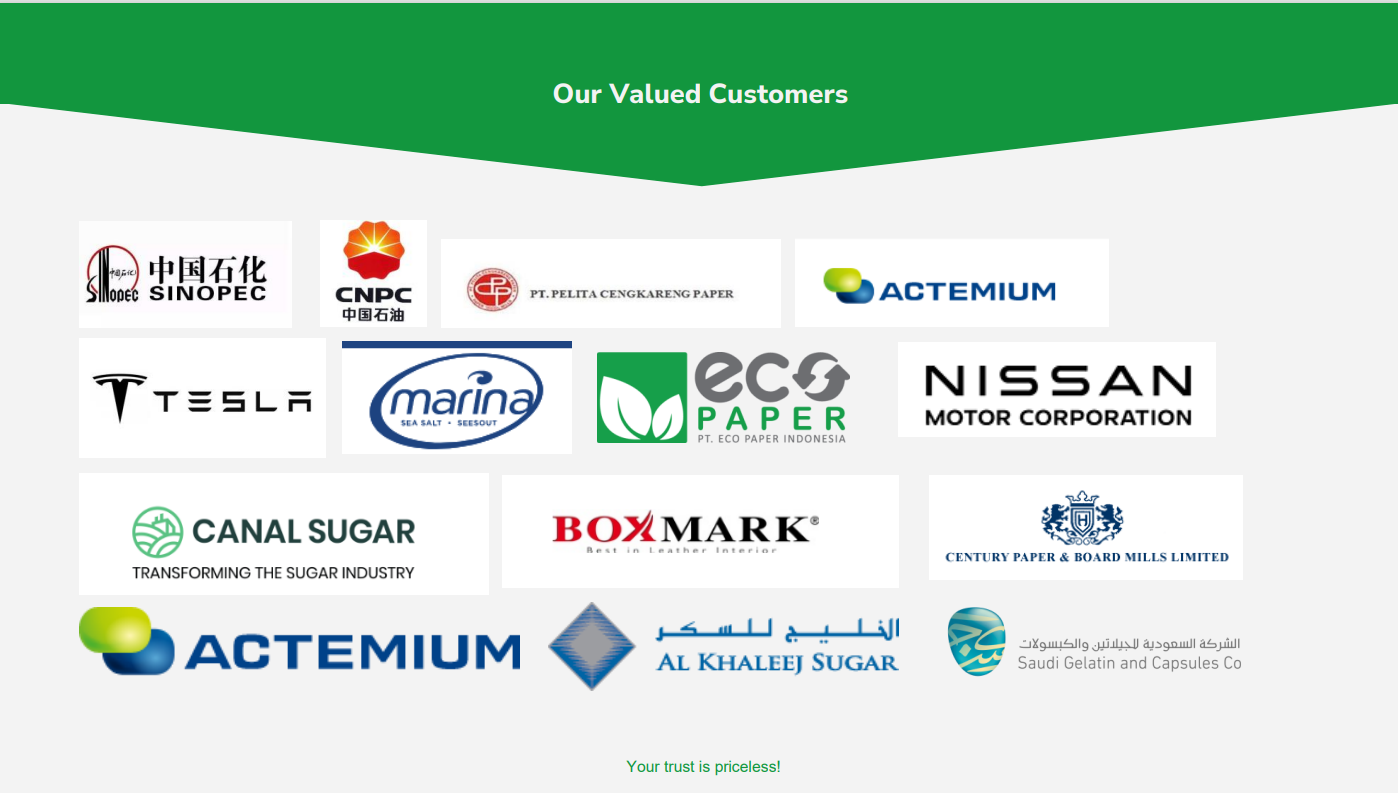Classification of Self-cleaning Filters
Compared with the traditional filter equipment, the self-cleaning filter is a new type of filter equipment. The self-cleaning filter is a separation and filtering equipment that automatically filters and removes the particles in the liquid under certain conditions. Compared with the traditional filter, the self-cleaning filter has the following characteristics: high degree of automation; small pressure loss; no need to manually remove the filter residue. Most self-cleaning filters provide uninterrupted water supply during cleaning. Self-cleaning filters are suitable for separation and filtration in industrial, agricultural, municipal, and seawater desalination processes.

Self-cleaning filters are divided into the following types according to the cleaning methods: suction-type self-cleaning filters, brush-type self-cleaning filters, rotary arm self-cleaning filters, and scraper-type self-cleaning filters.
(1) Suction-type self-cleaning filters: Sewage enters from the inlet of the filter, and then passes through the filter screen from the inside to the outside. The impurities larger than the mesh holes are intercepted and accumulated on the inner surface of the filter screen to form a filter cake. These filter cakes also capture some of the finer impurities in the water. The cleaning mechanism of the filter is a sewage suction device that moves up and down in a spiral type. It is a hollow structure, and several sewage suction pipes are evenly distributed vertically and evenly at a certain distance on its axis. The dirt extractor communicates with a blowdown valve. When the blowdown valve is opened, the pressure difference formed between the water pressure inside the filter and the outside atmosphere makes the suction pipe generate strong suction, and the water flows from the outside of the filter screen to the inside at a high speed in reverse direction to flush the impurities down into the sewage suction device and discharge through the blowdown valve. The dirt suction device is driven by a two-way motor connected with a screw device, and performs a spiral motion at a fixed speed, so that multiple suction nozzles can suck the entire inner surface of the filter screen.
(2) Brush type self-cleaning filter: The cleaning process of the filter is started by a differential pressure switch that monitors the pressure difference on both sides of the filter screen at all times. Normally, the preset value of the differential pressure switch is 0.05Mpa. When the pressure difference between the two sides of the filter screen reaches the preset value, the filter will start the self-cleaning process. The whole self-cleaning process includes two steps: open the drain valve on the filter end cover; the motor drives the stainless steel brush in the filter screen, and the impurities caught by the filter screen are brushed down by the steel brush and discharged from the drain valve. The entire cleaning process takes about 20 seconds, the system is constantly flowing during cleaning, and the entire running process of the filter is controlled by a control box equipped with it.
(3) Rotary arm type self-cleaning filter: multiple filter cartridges are installed in one filter. The material to be filtered flows through the wedge-shaped mesh filter cartridge from the inside to the outside, and the solid particles are trapped inside the filter cartridge. As contamination increases, the pressure differential between the dirty and clean sides of the filter increases. If the differential pressure reaches the set trigger differential pressure, automatic backwashing will start. The backwash valve opens, and the pressure drop between the filtrate side and the backwash line flushes a small portion of the filtrate backwards into the filter cartridge to be cleaned. Contaminant particles accumulated on the inside of the filter cartridge are loosened and flushed into the backwash line through the flush arm. As soon as the backwash time of each filter cartridge has elapsed, the backwash valve is closed immediately. In this way all filter cartridges are cleaned sequentially. After all cartridges have been cleaned, the backwash cycle ends.
(4) The scraper-type self-cleaning filter: It can be used not only for the separation of low-viscosity solid-containing liquids, but also for the separation of high-viscosity solid-containing liquids. The fluid to be filtered is pressed into the inner cavity of the filter, the fluid passes through the filter element from the inside out, the impurities larger than the gap of the filter element are retained on the inner surface of the filter screen, and the clarified fluid passes through the gap and is discharged from the liquid outlet. A spring-loaded cleaning disc moves up and down inside the filter element to remove filter residues that have accumulated on the inner surface of the filter screen. During the descending process of the cleaning disc, any residual filter residues are driven to the slag collection chamber, so that they can be easily and completely removed. During the ascending process of the cleaning disc, the filter residue is removed from the surface of the filter screen.
Any Requirements, Contact Us Now!
Nina
Email/Teams:nina@filtrationchina.com
Mobile/Whatsapp/Wechat: +86 17269571060


